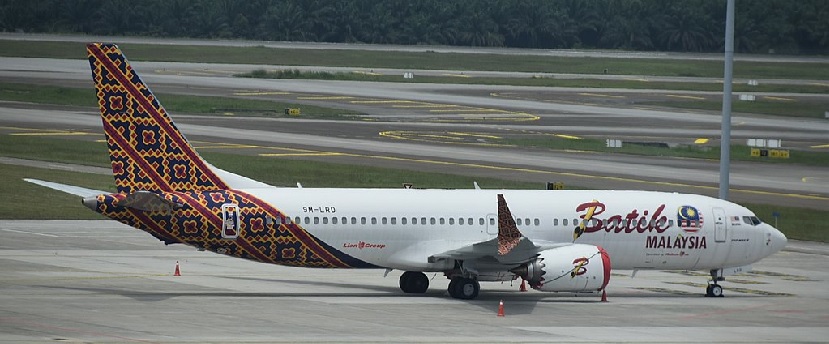“The failure of a layer of protection to prevent an incident is not the initiating cause of the incident.”
The United States just joined much of the world in grounding the Boeing 737 Max 8 and Max 9. The tipping point was not the crash of Indonesian Lion Air Flight 610 into the Java Sea on October 29, 2018, killing all 189 people on board. The tipping point was not the crash of Ethiopian Airlines Flight 302 shortly after takeoff on March 10, 2019, killing all 157 people on board. The tipping point was the news that several American pilots had previously reported problems with the aircraft similar to those experienced in the final moments of the two crashed airliners.
Fortunately for passengers on the American flights, the pilots—and their crew and passengers—lived to tell the tale.
Indonesian Lion Air Flight 610
Twelve minutes after the Indonesian flight took off from Jakarta, Indonesia, it crashed. Before crashing, the pilots had asked permission to return to the airport because of problems they were having controlling the aircraft. The autopilot, the Maneuvering Characteristics Augmentation System (MCAS), was responding to faulty sensors and commanding the aircraft to nose down.
Reports noted that pilots had lost their battle with the autopilot. The conclusion at the time was that the crash was caused by the pilots, because they were not prepared to react to a design flaw.
Ethiopian Airlines Flight 302
Six minutes after the Ethiopian flight took off from Addis Ababa, Ethiopia, it crashed. Again, before crashing, the pilots had asked permission to return to the airport because of problems they were having controlling the aircraft. Again, the MCAS was commanding the aircraft to nose down.
Initial reports focused on the training of the pilots but acknowledged that Ethiopian Airlines has a strong safety record, much better than that of Lion Airline.
American Pilot Complaints
On March 12, 2019, two days after the Ethiopian crash, the Dallas Morning News broke the news that “Several Boeing 737 Max 8 pilots in U.S. complained about suspected safety flaw” and the Fort Worth Star-Telegram reported that American pilots had “warned of ‘nose down’ Boeing 737 Max 8 problems before Ethiopia crash”. The pilot warnings, filed with the National Aeronautics and Space Administration’s confidential, voluntary, non-punitive Aviation Safety Reporting System, described problems with the Max 8 autopilot system during takeoff causing the aircraft to suddenly nose down.
It was only after this made national news that that the Federal Aviation Administration, in consultation with Boeing, grounded the Boeing 737 Max 8 and Max 9.
Operator Error
Because we so firmly believe that “all accidents are preventable,” when accidents occur, there is almost immediately a search for the person who failed to prevent the accident. In other words, who to blame. The closer a person is to the accident, the easier it is to blame that person. When it comes to airplane crashes, no one is closer to the accident than the pilot.
A statistic from Boeing that is widely reported is that almost 80% of all plane crashes are the result of pilot error. However, it is not pilot error that causes sensors to fail. It is not pilot error that causes autopilots to suddenly nose down an aircraft. Blaming pilots is easy. However, blaming the pilots for the crash of Indonesian Lion Air Flight 610 did not prevent the crash of Ethiopian Airlines Flight 302.
Near Misses
In the same article where it broke the news of American pilot complaints, the Dallas Morning News also reported that “a federal audit in 2014 said that the FAA does not collect and analyze its voluntary disclosure reporting in a way that would effectively identify national safety risks.”
Near miss reporting does us no good if we ignore the near miss reports.
Find the Real Causes, So We Can Address Them
The U.S. aviation industry has a safety record of which it is proud, and rightly so. So does the U.S. chemical industry. Neither industry should be complacent, though. Whether high profile incidents or near misses that only make a shift report, it is important that we understand the causes of incidents. It is only by addressing the actual causes of incidents that we can hope to reduce the likelihood of a recurrence.
Sometimes, operator error or pilot error really is the initiating cause. The failure of a pilot or operator to respond ideally to a problem, however, does not shift the cause from the initial problem to the pilot or operator. Blaming the pilot or the operator can be a form of complacency.
We can do better. We must. Lives depend on it.
